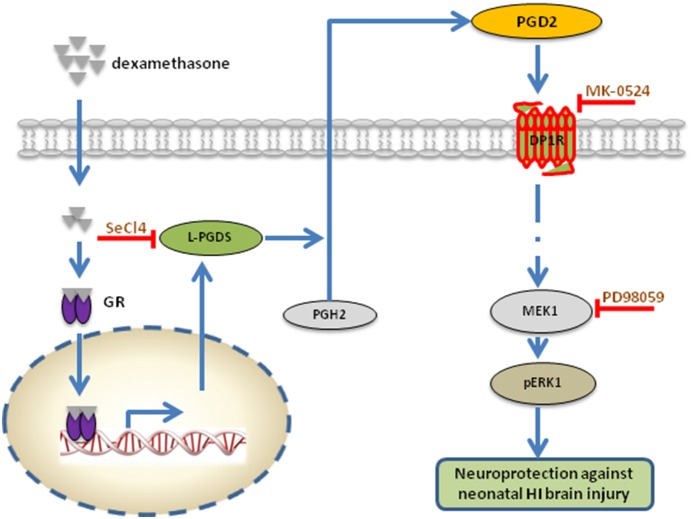Figure 6. Proposed signaling pathway in dexamethasone pretreatment-induced neuroprotection against neonatal hypoxic-ischemic (HI) brain injury.
Dexamethasone interacts with the glucocorticoids receptor (GR) in the cytoplasm, promotes the translocation of GR into the nucleus, and increases L-PGDS expression, which stimulates conversion of PGH2 to PGD2. PGD2 then binds to DP1 receptor (DP1R) and initiates a series of intracellular signaling pathways, of which MEK1/pERK1 function as the major downstream effectors. Upregulation of pERK1 confers dexamethasone pretreatment-induced neuroprotective effects in neonatal HI brain insult. Inhibition of L-PGDS, PGD2 or MEK1 via correspondent inhibitors (SeCl4, MK-0524 or PD98059) thus inhibits dexamethasone-induced neuroprotection, suggesting the interaction of glucocorticoids/GR and L-PGDS-PGD2-DP1-pERK signaling pathway underpinning the neuroprotective effect of dexamethasone on neonatal HI brain injury. GR: glucocorticoid receptor; L-PGDS: lipocalin-type prostaglandin D synthase; PGH2: prostaglandin H2; PGD2: prostaglandin D2; DP1: D prostanoid; MEK1: mitogen-activated kinase/ERK kinase 1; pERK-42/44: phosphorylated extracellular signal regulated kinase 42/44; SeCl4: selenium chloride, a selective inhibitor of lipocalin-type prostaglandin D synthase (L-PGDS); PD98059: a selective inhibitor of MEK1; MK-0524: a selective antagonist for prostaglandin D2 receptor (DP1).

